One of things I struggle with most in doing what I do is the stark reality that the success of my business is based almost entirely on my creativity. Don’t get me wrong, for the most part, I can’t get my head around the fact that I earn a living doing what I love, but there’s a certain pressure that comes along when your livelihood requires you to feel inspired each and every day. Sometimes it takes me an hour to write a feature, other days I’ll rewrite the same sentence all day but either way, the deadlines and the pressure to deliver remains.
I’ve always admired people who have been able to turn their creativity into a business, without allowing it to stifle their process, and try to learn from them. In my opinion, artist Mary Nelson Sinclair, has mastered that fine balance. She only left her day job once she was earning good money from her artworks and had saved enough to support her and the business for at least free months. Even now, she freelances for other artists as way of ensuring that she can afford to stay true to the kind of work she wants to put out there.
When we caught up recently in her Greenpoint apartment and her studio a stone’s throw away, we spoke about everything from how her early start in interiors magazines led her to design, what she’s learnt about money through starting her business and why being your own advocate is one of the most important things you can do as an entrepreneur.
HER CREATIVE UPBRINGING: The first artwork I fell in love with was a portrait of my grandmother – mainly because it was of her but also because of its scale – it’s just about life-size! The style of it is so unique as it very flat and decorative but it captures her perfectly. Also, the artist placed her in some magical garden world that does not exist but I wish it did. My father is a very talented photographer and artist and my mother an incredible seamstress. She made so many of my beautiful clothes and costumes when my brother and I were young. They have also always collected art and photography so I was surrounded by that as a child. When I was in high school they decided to move to Florence, Italy, to experience something new for a year and that will forever leave an impression on me. Being American, we don’t experience as much history on a day to day basis as one does in Europe or anywhere else. I was so fascinated by the fact that people lived amongst the greatness of art by being in Florence, the epicenter of the Renaissance. My father made sure we saw everything, and rightfully so! We still go back relatively often and I love nothing more than to revisiting sites – even the tourist-ridden ones.
EARLY START IN ART: There are so many paths that led me to making art. I would say initially it was growing up with parent’s who appreciated and collected art and who were generally interested in exposing it to us from an early age. I was also fortunate enough to attend schools, starting from a young age, that focused on learning and communicating visually. When it came time to learn to read and write my teachers noticed that I processed things a bit differently – consequently I got to go to a magical tutor who taught me to spell in a sandbox. She also had me illustrate stories that I was learning to read in order to retain the subject matter. Those formative years clearly made an impression my way of communicating. Then, high school is where I was more formally trained. I was really pushed to believe in my work and what I was creating and not to seek approval from others, only from myself. When it came time to think about university he strongly suggested I consider art school and to continue my studies and I did just that.
HOW HER STINT IN MAGAZINES REIGNITED HER LOVE OF DESIGN: Because the Pratt Institute is here in NYC, I was able to have amazing internships while still studying. Initially, I was interested in working in fashion so I interned at Chanel and Carolina Herrera but while that was great, I realized that I was more interested in the styling side of the industry as it tends to be more creative. So, I began interning for Lauren Goodman, the fashion director at Domino magazine at the time. I learned so much from her – she taught me the value of being a hard worker and being indispensable. Because Domino is a shelter magazine, I was constantly on shoots at beautiful homes and spaces and I realized that I was inherently more interested in interiors and design which led me to look into jobs in the design world after graduating. I wanted to somehow blend my art background with interiors so textile design was the obvious choice for me. Vanderhurd is such a special company because everything is handmade and custom. The mission behind the company is to celebrate the artisan and to keep the tradition of their work alive. I started as an assistant in the New York studio and by the end, was studio director. Because it is a small business I had my hand in every facet which was a great learning experience – from client relations and to bookkeeping, to creating new collections with Christine Vanderhurd.
ON LEAVING VANDERHURD TO START HER OWN BUSINESS: I got to meet so many great people during my time there, most importantly the group of ladies that I worked with. They have proven to be an unbelievable network of support. As far as challenges go, I think the typical day to day of being concerned about overhead and making sure that income is generated to cover it. It’s a constant dance! At the time, I started having small shows of my work down in Texas, where I am originally from, and they would sell out which was of course exciting. It was inspiring to be profiting off of work that I so enjoyed doing and when I was asked to do more, I ultimately realized I needed to be able to spend more time on my own work. It was hard to make the decision as I loved being at Vanderhurd, but there was no way I could work full-time and paint on the side. Because my beginning was relatively successful, I was confident that I could actually make a living off of being a full-time artist. I also looked to my peers who were making work full time and thought if they can, I can! We live in a very different time where the world is at our finger tips via our screens and promotion is basically free so why not capitalize on that? I was also lucky enough to have a gallery approach me within the first month of going off on my own, which was both comforting and promising. The other major factor in timing my departure was savings – having enough in the bank was probably my biggest priority as you never know when money is coming your way. I wanted to be sure I could cover 3 months worth of living/working expenses before leaving my job.
ON GROWING HER CLIENT BASE: It definitely helped that I had so many connections with interior designers through Vanderhurd. They are an amazing client base! Other than that, I relied on press, social media and of course my galleries. Word of mouth makes a huge impact as well, and in my case, it’s all about having work up on as many walls as possible, while remaining discerning as to who’s walls they are. Attending events is important as well – I try to make a point to go to one interior design related event per month and of course gallery openings as much as possible. There’s always a valuable run-in with someone that can lead to new clients. The most important thing is to keep working and to constantly put that work out there for the world to see. Showing the evolution of your work is something your audience will want to see. It proves to them you are making a real effort to grow and progress. I also find that it’s valuable to put what inspires you out there. Whether it’s imagery during travels, museums and gallery exhibitions or moments from everyday life – your audience wants a peak! I do think it’s important to make it seem real and not staged. It’s inauthentic and I see it happening too much. People want to see real life and in the end, they’ll be more interested and compelled by your work.
BALANCING THE BOOKS: Managing finances and budgeting remains a challenge for me as there is not set income and I am definitely not a numbers person! Some months I will have many more sales than others so it’s helpful to look at past years to see if there’s a trend. I have noticed little patterns – summer can be slow and the beginning of the year can be great! That said, there is no exact formula and income is volatile. Because of this, I try to be as pragmatic as possible with my spending and have a monthly income goal based on my monthly overhead (rent & utilities, etc.). Keeping a safety net of business savings is key so there is something to fall back on for those slower periods. I also make a point to keep up with my bookkeeping by sitting down and managing my Quickbooks once a week. Funnily it’s sort of refreshing to do this as it’s the opposite of what I do for work so I get a real sense of accomplishment when I do it.
DEVELOPING HER STYLE & HER CREATIVE PROCESS: It’s hard because my style is constantly evolving, I think that is sort of the point of making art! It’s a constant struggle, but the moment one gets comfortable is the moment the work starts to suffer, or in my case at least. That said, I do sort of have a style as to what my work explores. I studied both painting and printmaking, so my work focuses on movement, time and the process of making a piece itself. Color plays a huge role in all of my work as well as texture. My creative process doesn’t really have a set formula – I have tried to work that way but it’s just not how I operate and in the end my work suffers. The work itself is somewhat meditative so I find that the less I confine myself the better.
ON HER BIGGEST MISTAKE IN BUSINESS AND WHAT SHE LEARNED FROM IT: Not standing up for myself and being my own advocate when I should have been. I have learned, the hard way, that it is ok to say no and when you feel you should, do it! There is nothing worse than saying yes to a project or collaboration and feeling as though it undermines you as an artist or your mission. On the flip-side – the value of making that mistake was that I realized what my mission and my goals should truly be going forward.

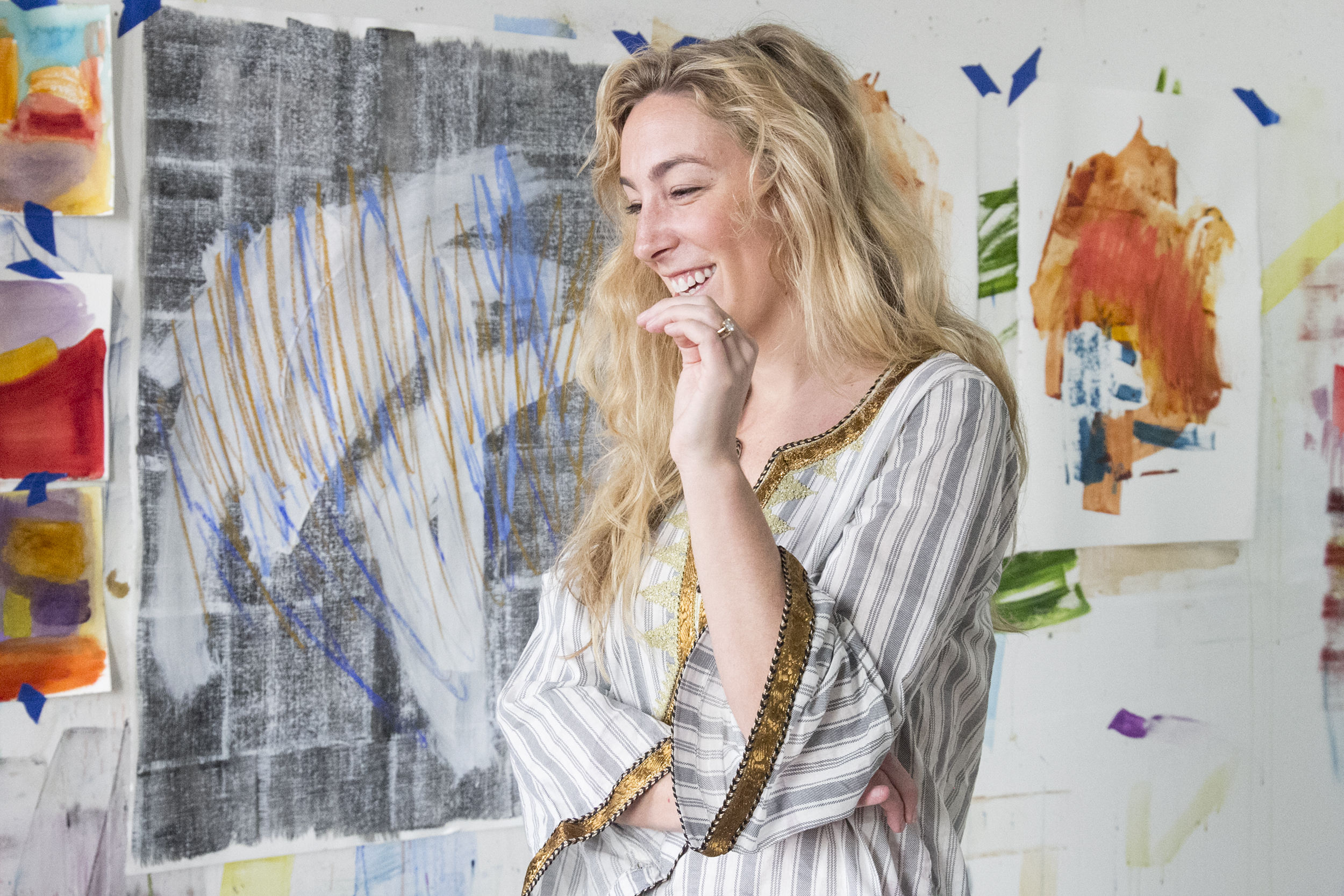
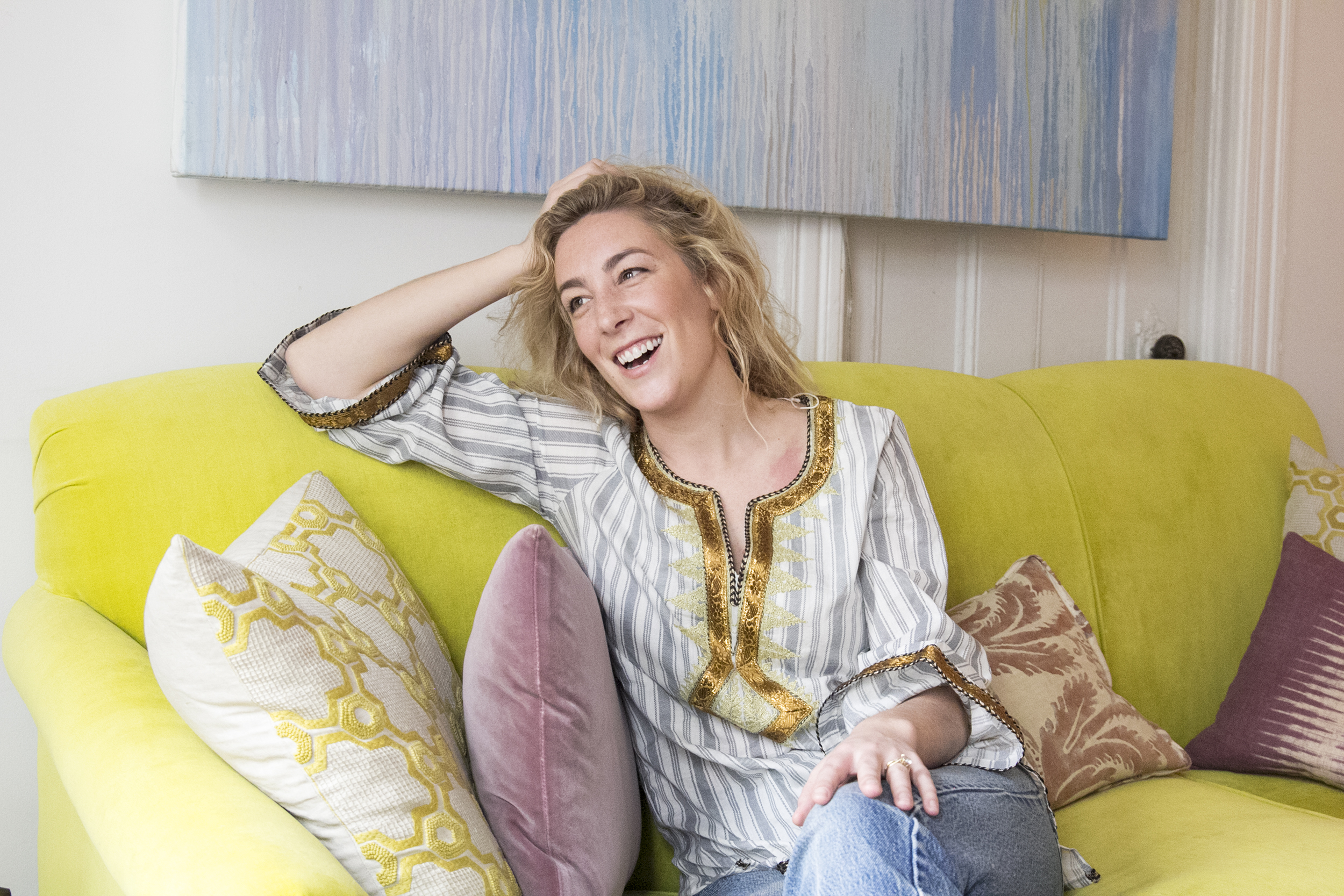
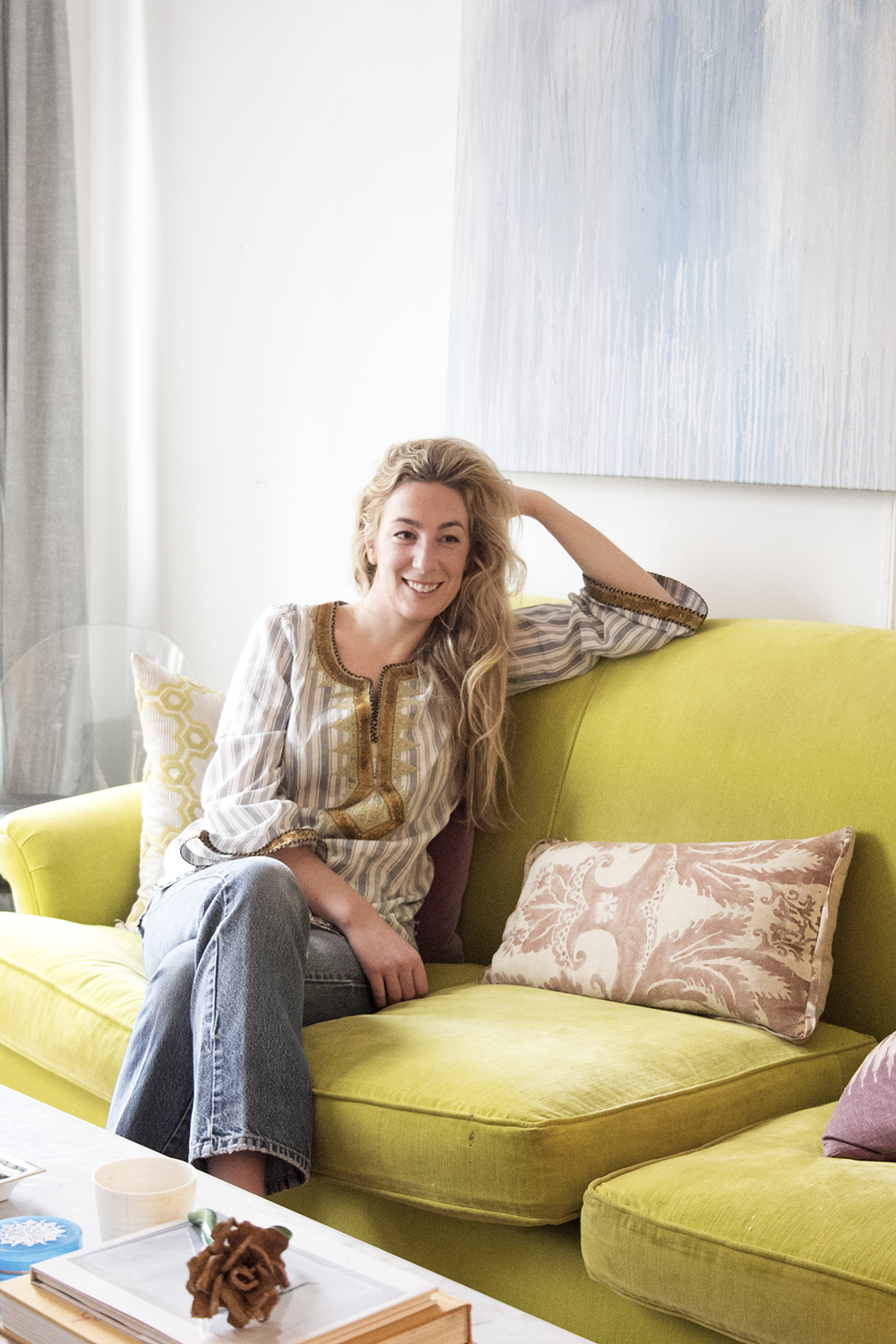


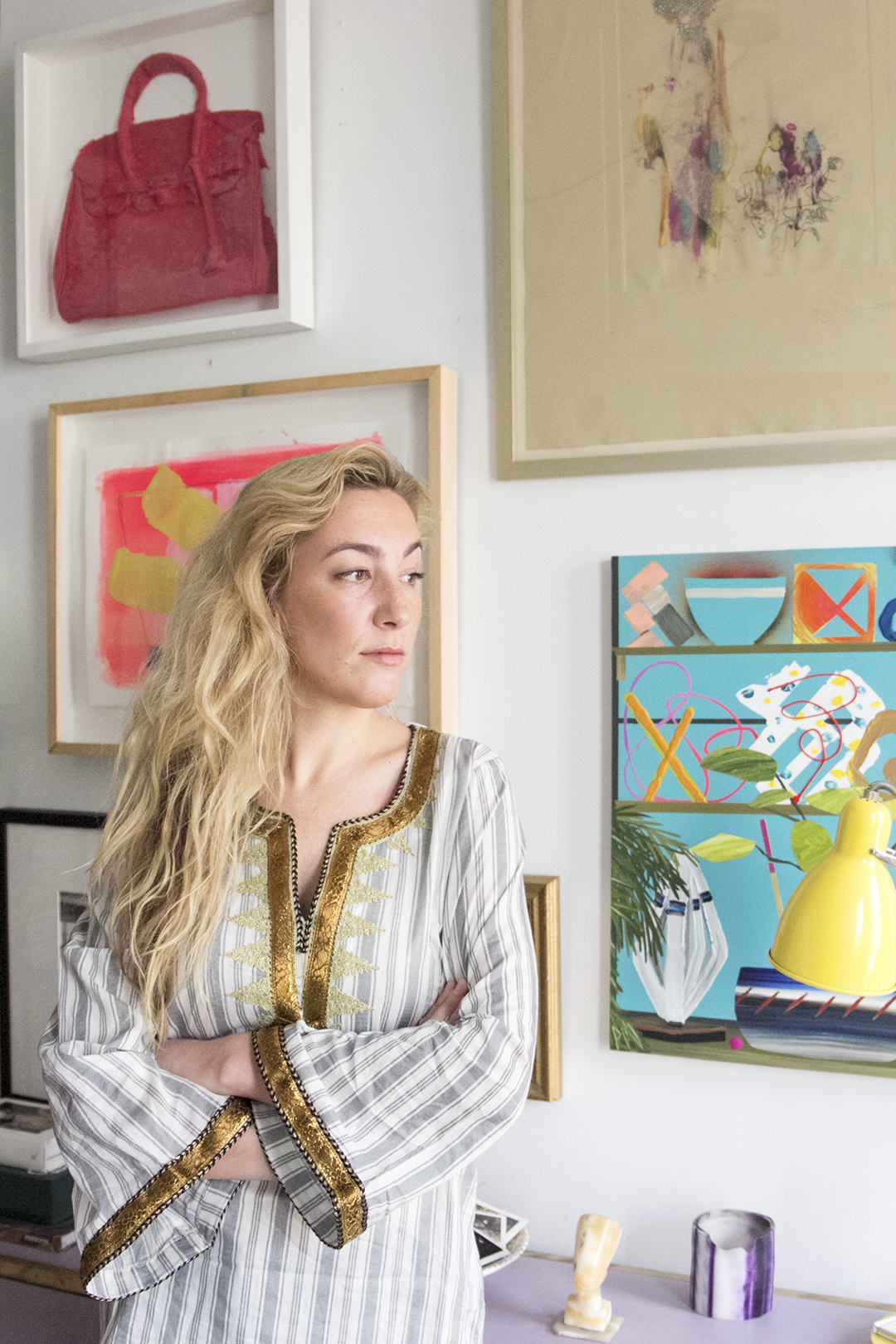
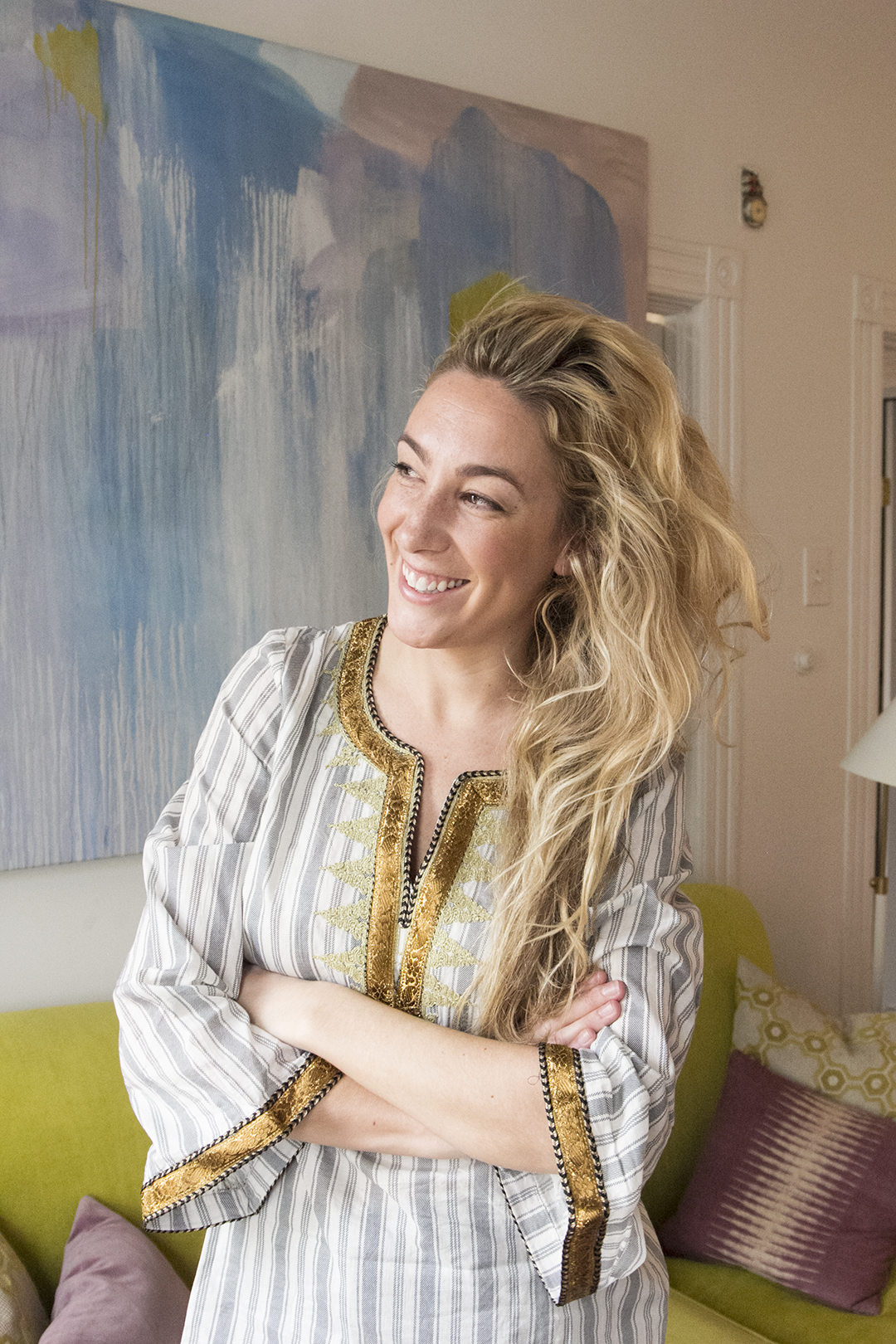
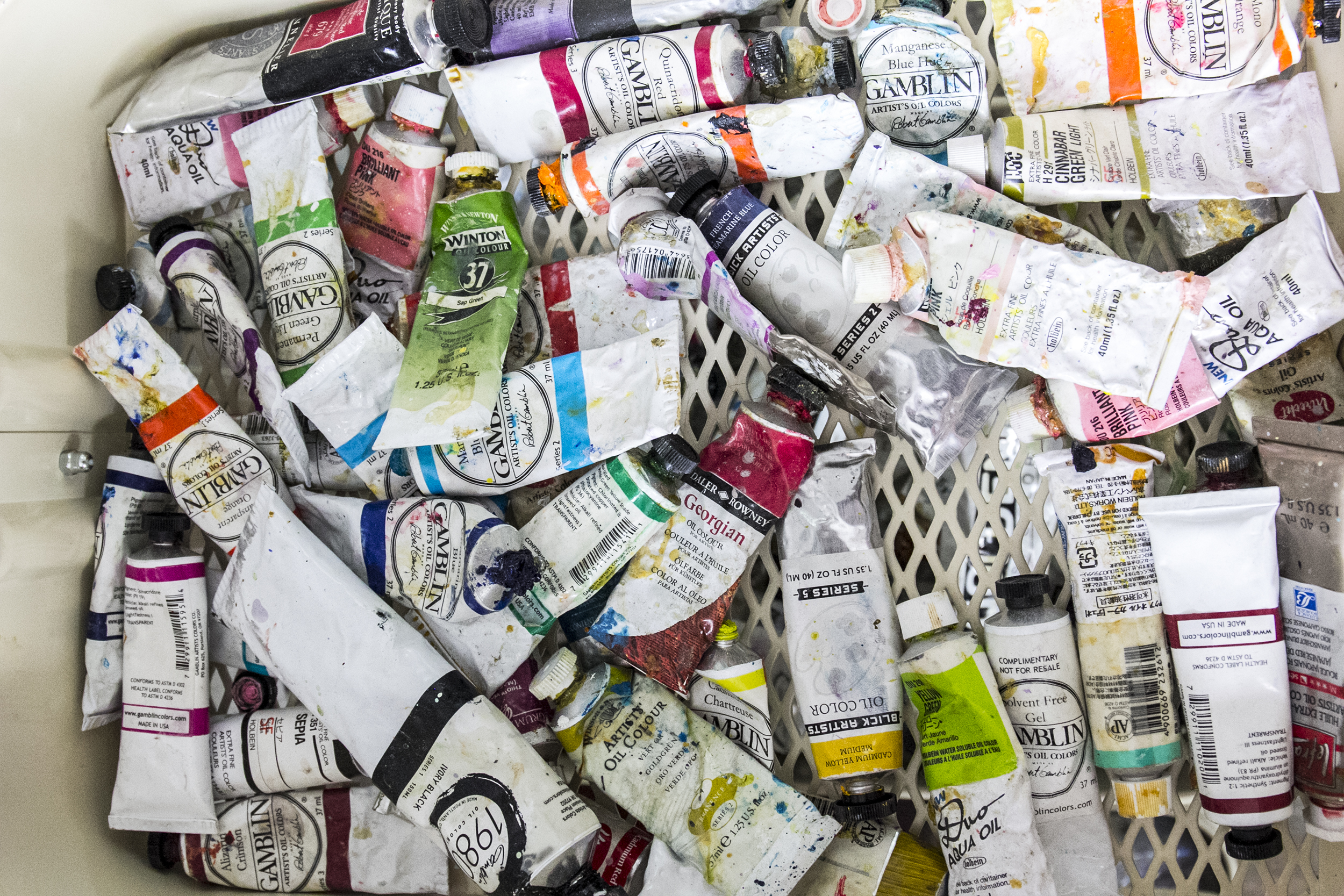
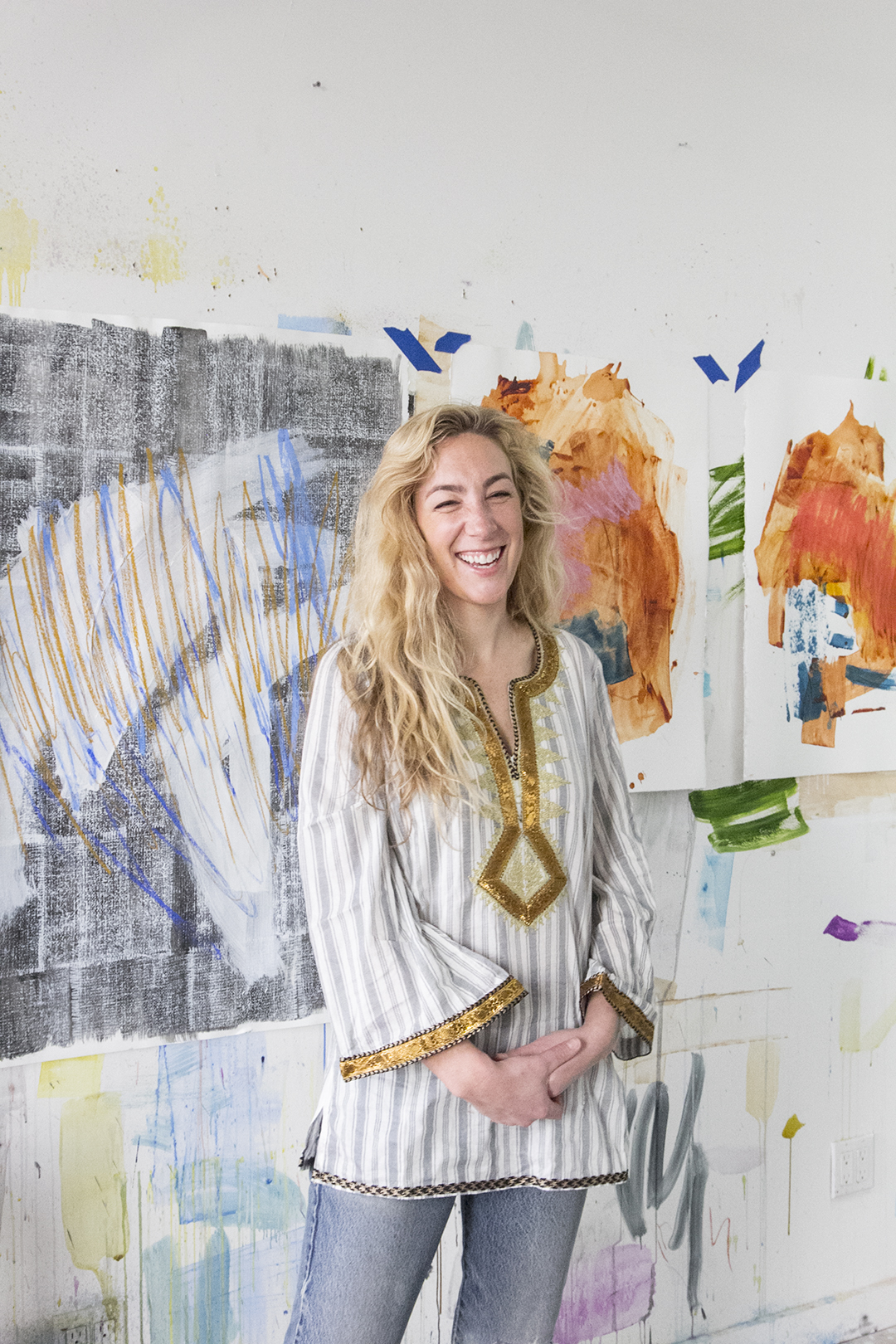

well done in making something that you love doing become you meal ticket. i always admire artists..your work reminds me of the Spanish artist Miro in watercolour…